Honey has long been revered not just for its sweetness but for its extraordinary ability to resist spoilage. Archaeologists have unearthed pots of honey in ancient Egyptian tombs that remain edible after thousands of years. This incredible durability stems from honey's unique chemical composition, where sugar plays the starring role in creating an environment hostile to microbial life.
The secret lies in honey's sugar concentration. With about 80% sugars by weight - primarily fructose and glucose - honey creates what scientists call a "high osmotic pressure" environment. This means the sugar molecules attract and bind with water molecules so aggressively that bacteria and fungi simply cannot access the moisture they need to survive. Microorganisms encountering honey find themselves in a biological desert, their cellular fluids literally sucked out through their membranes in a process called plasmolysis.
Nature's alchemy doesn't stop there. Honey's acidity, with a pH between 3 and 4.5, creates additional hurdles for microbial growth. Bees contribute the enzyme glucose oxidase during honey production, which converts small amounts of glucose into hydrogen peroxide - nature's disinfectant. While commercial processing may reduce some peroxide levels, the sugar concentration alone remains a powerful preservative.
Beekeepers have observed that properly stored honey maintains its quality indefinitely. The USDA actually acknowledges honey as the only food that doesn't spoil, though it may crystallize or darken over time. These physical changes don't indicate spoilage - a simple warm water bath restores crystallized honey to liquid form without compromising safety or quality. The sugar matrix effectively locks in honey's characteristics against the ravages of time.
Modern science continues to uncover fascinating details about honey's preservation mechanisms. Researchers note that some honeys exhibit stronger antimicrobial properties than others, depending on the floral source. Manuka honey from New Zealand, for instance, contains additional antibacterial compounds. Yet all honeys share that fundamental, sugar-driven preservation system that has protected this golden nectar since prehistoric times.
This natural wonder has inspired food scientists to develop preservation techniques mimicking honey's approach. The concept of "hurdle technology" in food processing employs multiple barriers to microbial growth - with reduced water activity through sugar or salt concentration being a primary hurdle. From jams to jerky, many traditional preservation methods owe their effectiveness to the same principles that make honey eternal.
Consumers today increasingly seek out foods with fewer artificial preservatives, making honey's natural stability particularly relevant. Nutritionists emphasize that while honey's sugar content makes it shelf-stable, this same density of simple sugars means it should be consumed in moderation. The very property that makes honey durable - its concentrated sweetness - also demands respectful portion control.
The story of honey's endurance offers a fascinating case study in food science. It demonstrates how natural systems can achieve perfect preservation through balanced chemistry. As we continue exploring alternatives to synthetic additives, honey stands as both inspiration and reminder that sometimes, the most effective solutions come pre-packaged by nature herself.
Beyond the kitchen, honey's preservative qualities have found applications in wound care and medicine. Ancient cultures used honey to treat injuries, and modern medical-grade honey products help heal burns and ulcers. This crossover from food to medicine underscores the powerful protective effects of honey's sugar-dominated ecosystem.
Environmental factors play a role in maintaining honey's quality. Proper storage in airtight containers prevents moisture absorption, which could theoretically dilute the sugar concentration enough to permit fermentation. Cool, dark places help preserve flavor and color, though the sugars themselves ensure the honey remains safe to consume even under less-than-ideal conditions.
Food historians point to honey as one of humanity's first sweeteners and preservatives. Before refrigeration or canning, cultures worldwide relied on honey's natural stability to preserve fruits and create medicinal preparations. The same chemistry that protects honey also made it invaluable for creating other preserved foods - from honey-glazed meats to fruit conserves.
Contemporary research continues to reveal new dimensions of honey's preservation magic. Studies examine how different sugar profiles affect crystallization patterns and water activity. Scientists investigate how minor components like pollen and proteins might contribute to honey's defense systems. Yet the overwhelming consensus remains that sugar concentration forms the bedrock of honey's incredible shelf life.
As consumers grow more curious about how their food resists spoilage, honey serves as a perfect example of nature's ingenuity. Its enduring edibility stands as sweet proof that sometimes, the simplest natural solutions outperform our most advanced technologies. In a world concerned with food waste and preservatives, honey's timeless stability offers both practical benefits and food for thought.

By /Jul 14, 2025

By /Jul 14, 2025
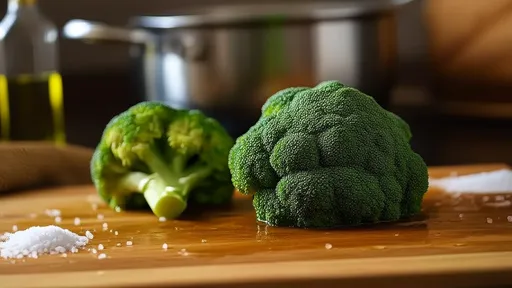
By /Jul 14, 2025
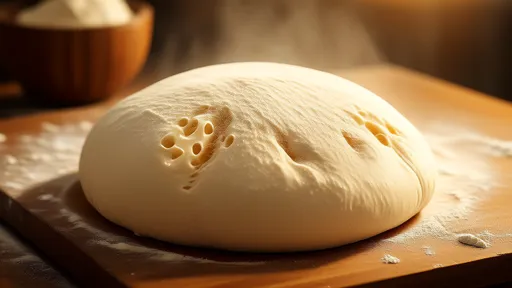
By /Jul 14, 2025
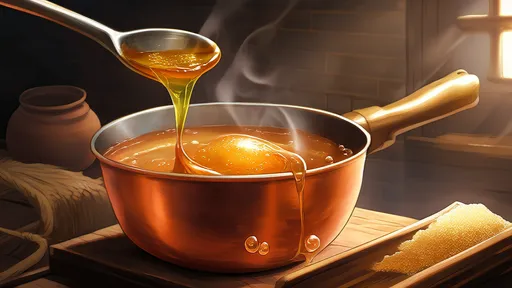
By /Jul 14, 2025

By /Jul 14, 2025
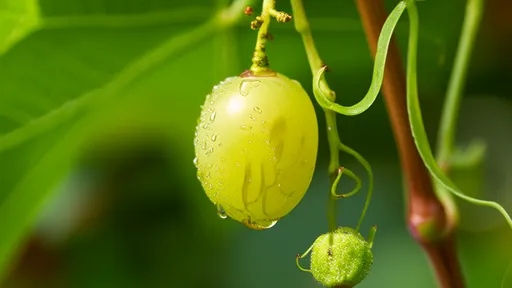
By /Jul 14, 2025
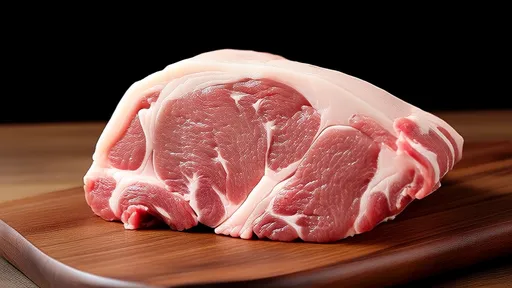
By /Jul 14, 2025
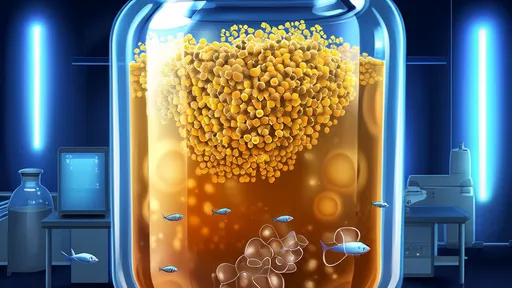
By /Jul 14, 2025
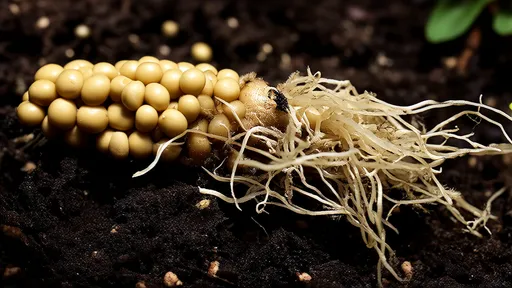
By /Jul 14, 2025

By /Jul 14, 2025
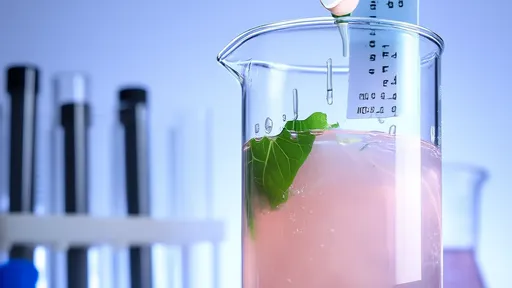
By /Jul 14, 2025
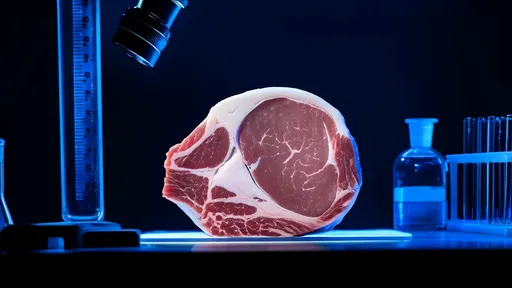
By /Jul 14, 2025

By /Jul 14, 2025
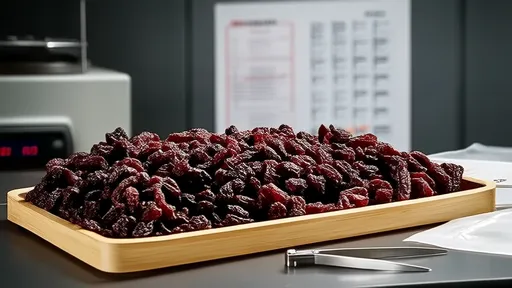
By /Jul 14, 2025
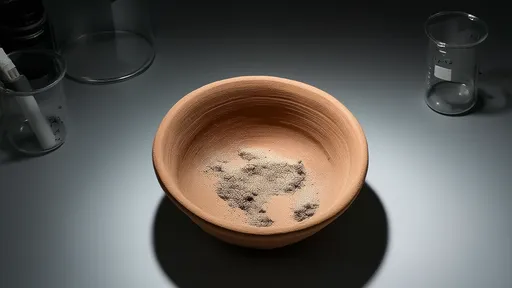
By /Jul 14, 2025
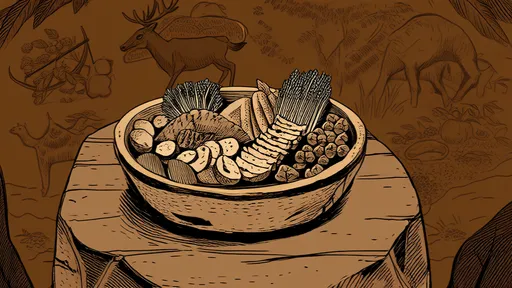
By /Jul 14, 2025
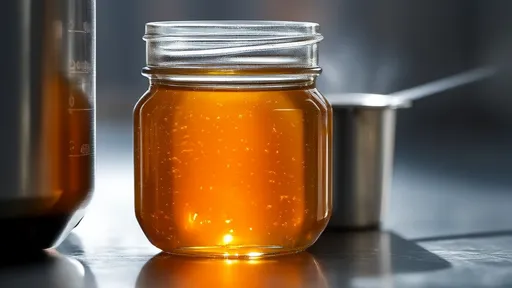
By /Jul 14, 2025